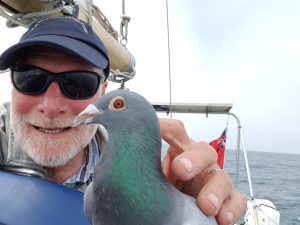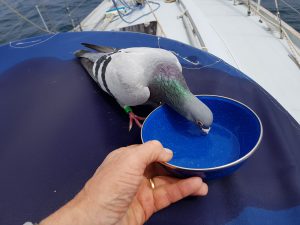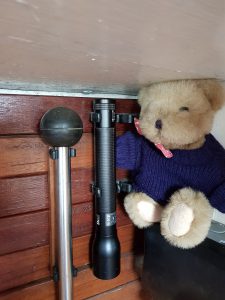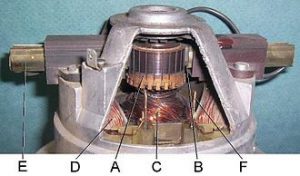4th July 2018
Remember when people used to like to “get away from the telephone”. What ever happened to that?
I have just spent three weeks trying to find a mobile signal.
Obviously, sailing long distances, there are going to be times when you are out of sight of land and we all know the UK networks don’t even stretch across the English Channel. But last autumn, coming round from Wales and this spring, down to the West Country and back, I was never out of touch for more than a few hours at a time.
The trip from Suffolk to the Outer Hebrides, however, has been a learning experience. After leaving the Norfolk coast behind on June 17th, it wasn’t until I got to within five miles of South Uist that I was able to call anyone. That was on the 30th – and I still didn’t get any data.
So, arriving in Castlebay, the capital of Barra, a metropolis which boasts a hotel, a post office – even a Co-Op supermarket – imagine the disappointment at being told: “Ah now, you’ll be wanting the 4G signal for that. They’ve got it up in North Bay. But there’s free wi-fi in the community shop.”
The Community Shop and café does indeed have free wi-fi – it’s just that, whenever I looked, about a dozen people were crowding the three small tables, sitting over cold coffee and poking at iPads. Instead I went to the Castlebay Hotel and sat in the lounge (no-one else did). At £4.50 for an obligatory pint of McEwans, it made for some expensive emails.
Cheaper to send a letter, of course. I know because I thought it more appropriate for my 22-year-old son who is about to leave to teach English in China for a year – the post office sold me a single envelope and a single stamp.
In the end, there was nothing for it but to move to North Bay – and what do I see when I look up?
Only the biggest mobile phone mast I have ever seen in my life – 200 yards away.


 When a seabird wants a rest, it just lands on the water. How convenient. You can see them sitting happily on the roughest seas. Only when a breaking crest threatens to swamp them do they lift off and fly to another, untroubled patch of water – sometimes it’s just on the next wave.
When a seabird wants a rest, it just lands on the water. How convenient. You can see them sitting happily on the roughest seas. Only when a breaking crest threatens to swamp them do they lift off and fly to another, untroubled patch of water – sometimes it’s just on the next wave.



